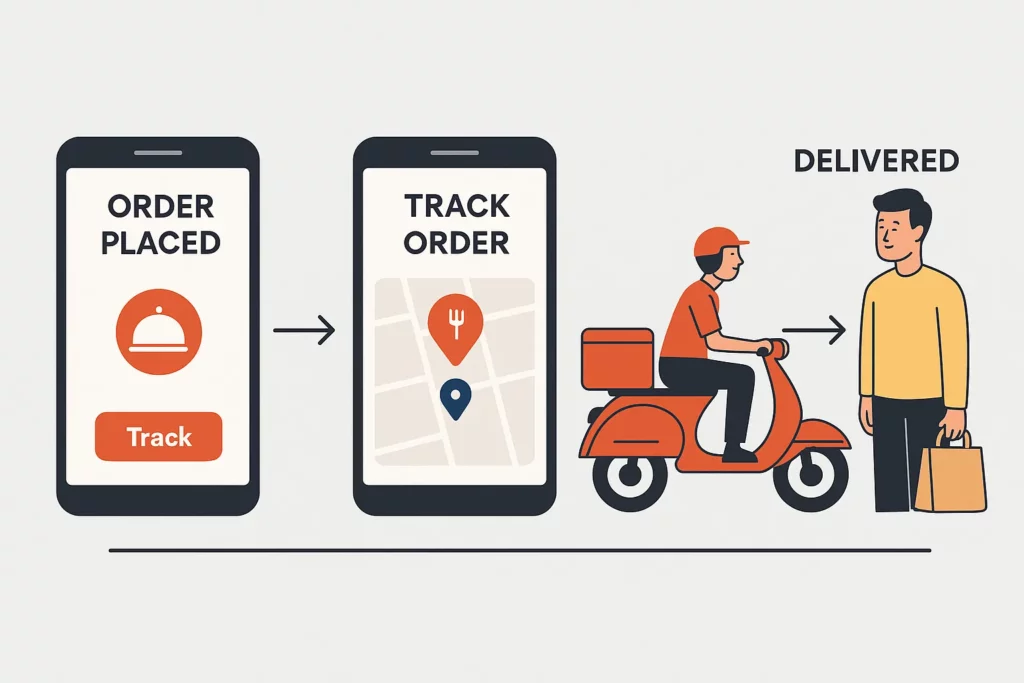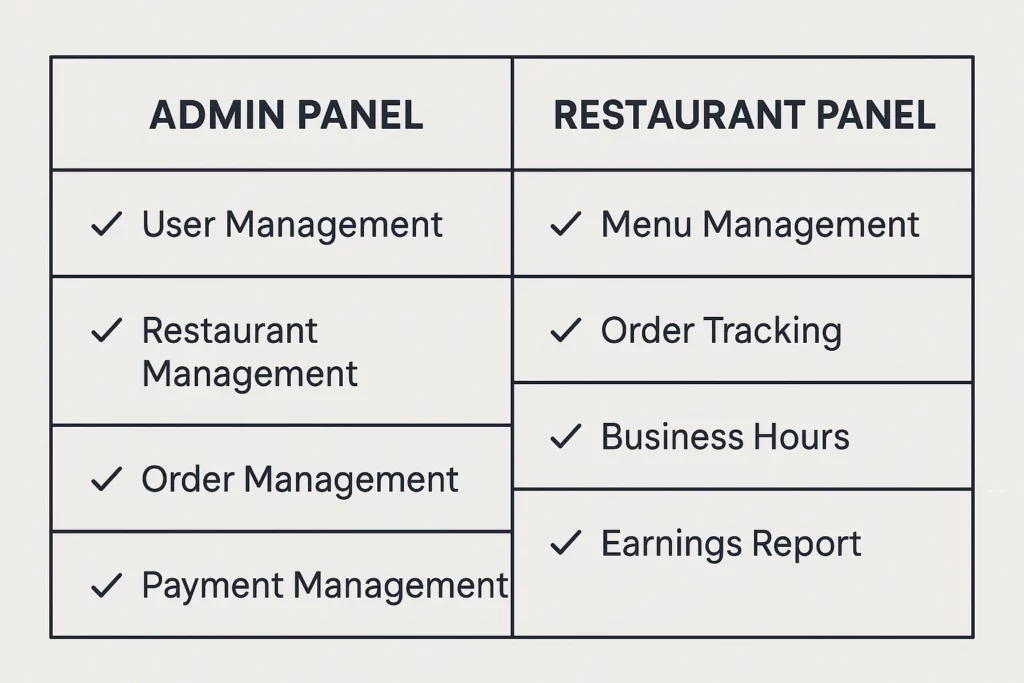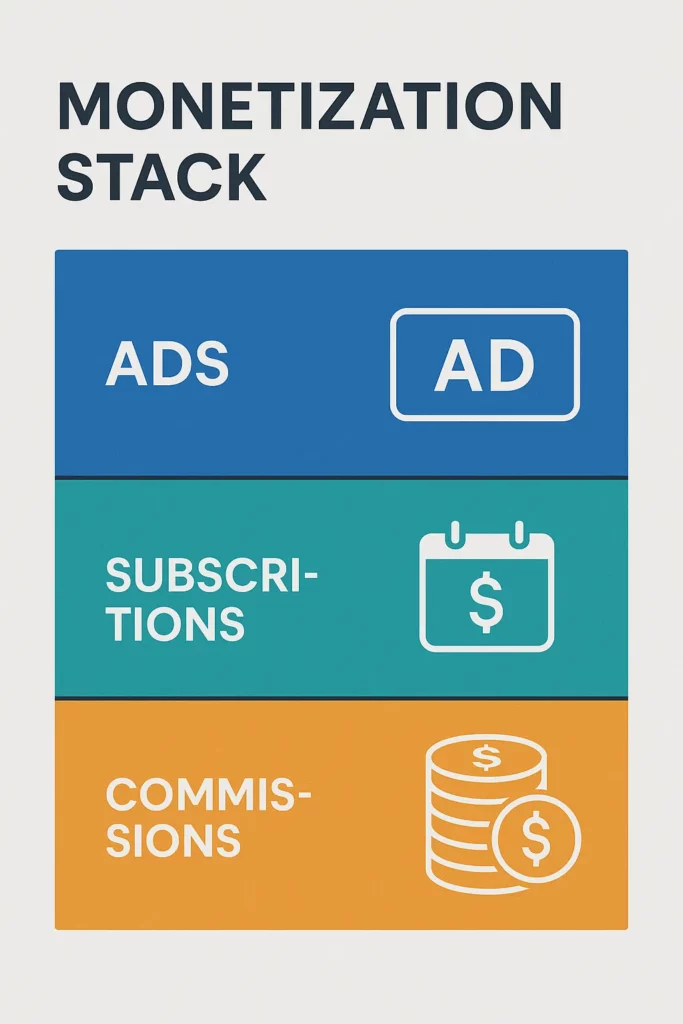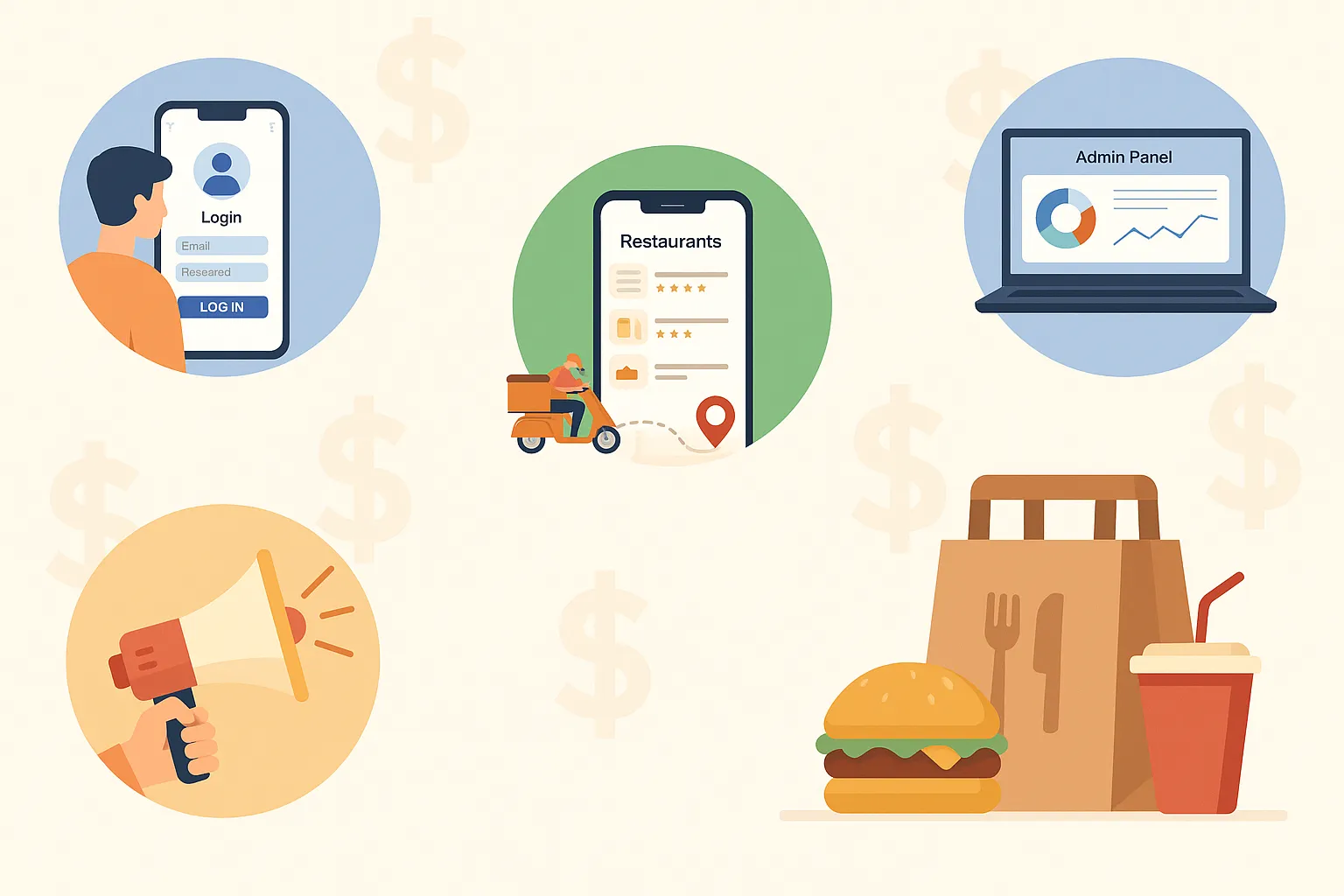Let’s face it—there’s something magical about opening your phone, tapping a few icons, and poof! Your favorite spicy biryani is steaming on your doorstep. If you’ve ever dreamed of building a food delivery app like Swiggy, DoorDash, or Zomato, you’re not alone. Founders everywhere—from indie restaurateurs to serial techpreneurs—are lining up to get a slice of the delivery economy.
But here’s the real question every entrepreneur quietly dreads asking out loud: How much is this gonna cost me—feature by feature? Because the truth is, building a food delivery app isn’t just about putting together pretty UI screens. It’s about logistics, real-time data, third-party integrations, and performance that can make or break your business.
In this post, we’re serving up a detailed, no-fluff cost breakdown of the key features that drive food delivery apps today. Think of this as your budgeting cheat sheet, loaded with market context, startup shortcuts, and yes—some hard truths. At Miracuves, we’ve helped dozens of innovators bring food delivery platforms to life. Let’s dig into what it really takes.
The MVP: What Your Food Delivery App Needs
Before we get fancy with AI chatbots and drone delivery dreams, let’s talk about the Minimum Viable Product (MVP). This is your essential launch kit, and every dollar you spend here should earn its keep.
1. User Registration & Profiles
- What it does: Lets users sign up, log in, and manage basic info (address, payment method, etc.)
- Cost Range: $1,500 – $3,000
- Why it matters: Smooth onboarding = higher retention. Think one-tap Google/Apple login or phone OTP.
2. Restaurant Listings & Search
- What it does: Pulls restaurant data, cuisine filters, search bars, distance sorting
- Cost Range: $3,000 – $6,000
- Complexity kicker: Do you want to show real-time availability? User location-based recommendations? That’ll cost extra.
3. Menu & Customization Options
- What it does: Shows dishes, combos, pricing, add-ons (extra cheese, no onions)
- Cost Range: $2,000 – $5,000
- Tips: Avoid rigid templates—flexibility in menu structures is a must-have if you want to scale across cuisines.
Real-Time Features = Real Money
Here’s where your costs start compounding: real-time systems. These aren’t just flashy extras—they’re expectations today.
4. Live Order Tracking (GPS)
- What it does: Tracks delivery person’s location in real-time
- Cost Range: $5,000 – $10,000
- Hidden cost: You’ll need access to GPS APIs (like Google Maps Platform), which often charge per request.

5. In-App Chat or Call (User ↔ Delivery)
- What it does: Enables contact without revealing personal numbers (using Twilio or similar)
- Cost Range: $3,000 – $6,000
- Why bother?: Because one “where’s my food?” moment can cost you a loyal customer.
Admin Side: The Unsung Cost Heroes
You’re not just building a food app—you’re building a mini logistics empire. That means admin dashboards and delivery-side tooling aren’t optional.
6. Admin Panel
- What it does: Lets you manage restaurants, orders, payouts, offers, users, and analytics
- Cost Range: $6,000 – $12,000
- Pro tip: Build this to scale from Day 1. A clunky panel = bottlenecks as you grow.
7. Restaurant Dashboard
- What it does: Allows restaurant partners to accept/decline orders, update menus, manage timings
- Cost Range: $4,000 – $7,000

The User Experience Extras That Drive Retention
Retention isn’t just about price or speed—it’s about experience. These features may not seem “urgent,” but they’re what keep people coming back.
8. Push Notifications
- Cost: $1,000 – $2,000
- Key uses: Order updates, re-engagement nudges, deals
9. Loyalty & Referral Programs
- Cost: $3,000 – $6,000
- ROI: Built-in virality + higher repeat orders = totally worth it
10. Ratings & Reviews
- Cost: $1,000 – $2,500
- Note: Include photo uploads and detailed feedback for more credibility
Advanced Add-ons That Take You to Prime Time
Once your MVP is live and your first 1,000 users are rolling in, here’s what’s next on the upgrade list.
11. AI-Powered Recommendation Engine
- What it does: Suggests restaurants/dishes based on past behavior
- Cost: $5,000 – $12,000
- Extra layer: Use TensorFlow Lite or integrate with a 3rd-party ML API
12. Subscription Models (Pro Memberships)
- Cost: $3,000 – $7,000
- Examples: Free delivery on all orders, early access to offers (like Zomato Gold)

13. Multi-Language & Multi-Currency Support
- Cost: $3,000 – $6,000
- If you’re going global: This isn’t optional. Localization = conversions.
Backend Infrastructure & Maintenance
Behind the scenes, your app needs strong bones.
Cloud Hosting & APIs
- Monthly Cost Estimate: $500 – $1,500 (AWS, Firebase, etc.)
- Scalability tip: Use microservices for easy scaling when order volume spikes
Security & Compliance
- Must-have: SSL, data encryption, GDPR-ready user data policies
- Cost Estimate: $2,000 – $4,000 initially
Total Estimated Cost: Breakdown Table
| Feature | Estimated Cost (USD) |
| User Registration & Profiles | $1,500 – $3,000 |
| Restaurant Listings & Search | $3,000 – $6,000 |
| Menu Customization | $2,000 – $5,000 |
| Live Order Tracking | $5,000 – $10,000 |
| In-App Chat/Call | $3,000 – $6,000 |
| Admin Dashboard | $6,000 – $12,000 |
| Restaurant Dashboard | $4,000 – $7,000 |
| Push Notifications | $1,000 – $2,000 |
| Loyalty & Referral Features | $3,000 – $6,000 |
| Ratings & Reviews | $1,000 – $2,500 |
| AI Recommendations | $5,000 – $12,000 |
| Subscriptions | $3,000 – $7,000 |
| Localization Features | $3,000 – $6,000 |
| TOTAL (Estimated) | $40,500 – $84,500 |
Final Thoughts
Building a food delivery app isn’t cheap—but it’s also not a shot in the dark. With the right priorities, strategic choices, and tech stack, you can control your costs without cutting corners on user experience.
Emerging trends like dark kitchens, drone deliveries, and AI chatbots are just the beginning. If you’re serious about disrupting the delivery game, now’s the time to act.
At Miracuves, we help innovators launch high-performance app clones that are fast, scalable, and monetization-ready. Ready to turn your idea into reality? Let’s build together.
FAQs
Q:1 How much does it cost to build a food delivery app like Zomato or Swiggy?
Expect a realistic range of $40,000 to $85,000, depending on the features, platforms (iOS/Android), and scalability needs.
Q:2 What’s the biggest cost driver in a food delivery app?
Real-time features like order tracking and chat, plus admin dashboards, tend to drive the highest development costs.
Q:3 Can I launch an MVP under $30K?
Yes, but you’ll need to focus strictly on core functionalities and limit custom UI or backend complexity.
Q:4 Do I need a separate app for restaurants and delivery partners?
Absolutely. Most platforms split it into three apps: customer-facing, delivery-side, and restaurant dashboard.
Q:5 What are the ongoing maintenance costs?
Monthly hosting, API costs, and updates can range from $500 to $2,000/month depending on traffic and features.
Q:61 Is it cheaper to build from scratch or use a clone solution?
Using a clone script or starter kit like Miracuves’ can save you 40–60% on time and costs—while still allowing full customization.








